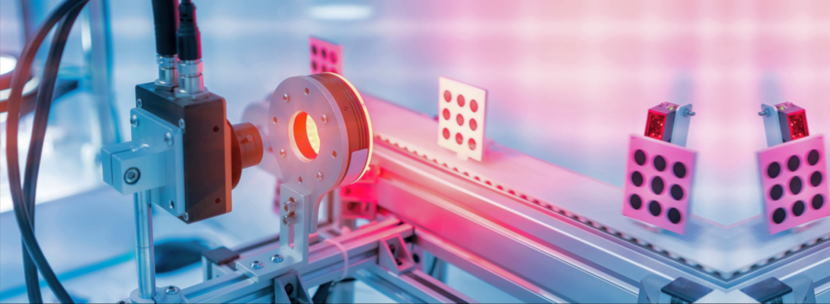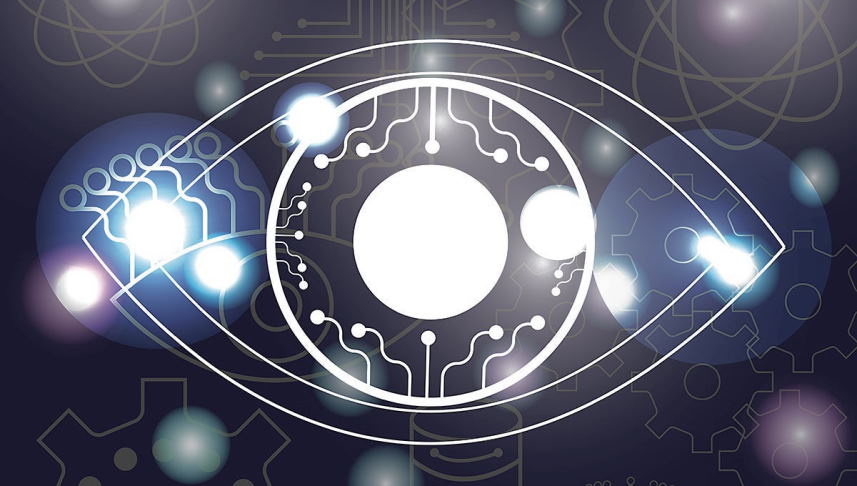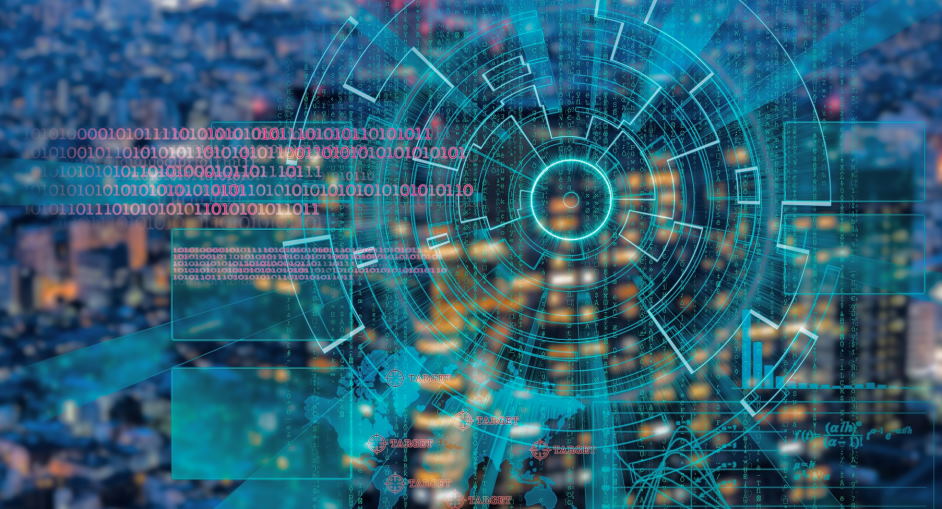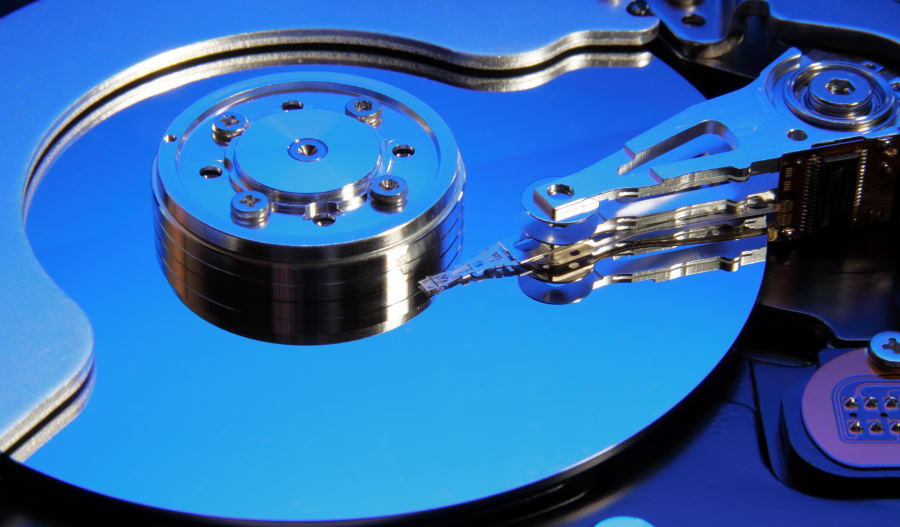Computer vision is a field of study that focuses on giving computers the ability to see and understand the world around them. This can be done through a number of different methods, including machine learning, image processing, and deep learning. In recent years, computer vision has become increasingly important, with applications in fields such as autonomous vehicles, medical diagnosis, and security.
This blog post will explore the performance and capabilities of various hardware platforms for computer vision. We will discuss traditional processors, such as CPUs and GPUs, and newer platforms, such as FPGAs and neuromorphic processors. We will also compare the performance of these platforms across a range of tasks commonly used in computer vision applications.
Hardware that’s tailored for computer vision
The field of computer vision has seen a dramatic increase in both performance and capability in recent years. This is largely due to the development of powerful hardware platforms designed specifically for computer vision applications.
A number of different hardware platforms are available for use in computer vision applications. Some of the most popular platforms include GPUs, FPGAs, and DSPs. Each of these platforms has its own unique strengths and weaknesses that make it more or less suitable for different types of applications.

GPUs are perhaps the most widely used platform for computer vision applications. They offer high levels of performance and are relatively easy to program. However, they can be quite expensive and may not be suitable for all budgets.
FPGAs are another popular platform for computer vision applications. They offer high levels of performance and are relatively easy to program. However, they can be quite expensive and may not be suitable for all budgets.
DSPs are a less common platform for computer vision applications. They offer lower performance levels but are usually much cheaper than GPUs or FPGAs.
The choice of hardware platform will ultimately depend on the application’s specific requirements. In general, however, GPUs and FPGAs are the most widely used platforms for computer vision applications due to their high-performance levels and ease of programming.

Popular computer vision tools for AI and robotics
There are many popular computer vision tools for AI and robotics, including:
- OpenCV is a popular computer vision toolkit that enables developers to create sophisticated applications for image analysis and machine learning.
- TensorFlow is a powerful open-source software library for data analysis and machine learning.
- Keras is a high-level neural networks API that allows developers to easily create and train complex deep learning models.
- MXNet is a deep learning framework that provides a flexible, efficient way to define, optimize, and deploy neural network models.
- PyTorch is a widely used, open-source deep learning platform that provides flexible and intuitive APIs for developers.
- Theano is a Python library that allows developers to easily define, optimize, and evaluate mathematical expressions.
Computer vision is a rapidly growing field with many exciting applications in AI and robotics. These tools are just a few of the many that are available to help developers create sophisticated computer vision applications.


